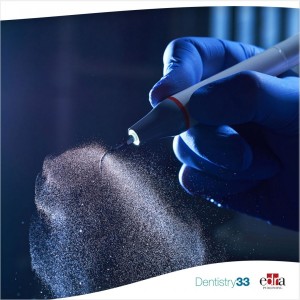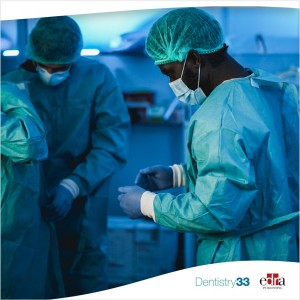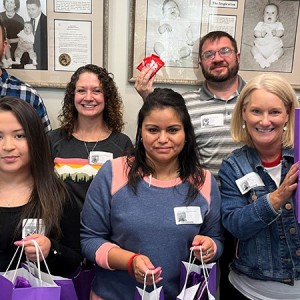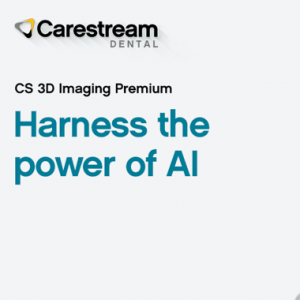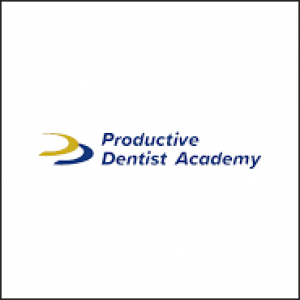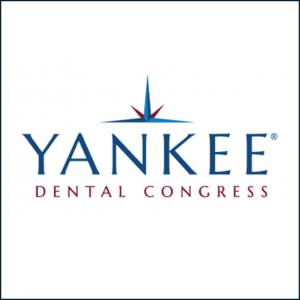
GNYDM: Problematic peer review like ‘organized crime’
Session explored ways to respond to ‘fake news’ claims
Mary Guiden
Dentists and dental writers explored the topic of disinformation and communications challenges at the recent Greater New York Dental Meeting. In a session on Nov. 28 sponsored by the American Association of Dental Editors & Journalists, experts shared how to identify, evaluate and analyze disinformation tactics. The group also explored core principles of evidence-based dentistry and potential consequences associated with the spread of disinformation.
Adam Marcus, editorial director at Medscape and a co-founder of Retraction Watch, which tracks retractions as a window into the scientific process, discussed problematic peer review at scientific journals. It can be tricky to spot this type of misconduct in a process that is reliant on overworked volunteers, he said.
“We have seen thousands of retractions,” Marcus said, and the peer review process can be rigged. Researchers in the U.S. and other parts of the world get together and review each other’s papers, providing a thumbs up when it’s not warranted.
Sometimes journals are forced to retract hundreds of papers at a time, he explained.
“It is organized crime but it’s not a crime yet,” he said.
Marcus said this discovery was surprising to him, even after all his years of experience as a watchdog in journalism. He said he’s also shocked that more publishers are not going after these groups for defrauding readers.
On the flip side, Marcus said that the situation is improving. Post-publication peer review is essential, and the scientific community has responded well to Retraction Watch reports.
The blog PubPeer is an additional resource. If anyone in the scientific community has a reason to be suspicious about a study, they can post a comment anonymously. Authors may also respond to criticism or questions on the site.
Twitter and other social media sites have also become important venues for vigorous post publication peer review, according to Marcus. And sleuths like Elisabeth Bik, a microbiologist and science consultant, are worth following.
Bik recent wrote an op-ed for The New York Times about what she sees as a photoshop problem in scientific publications.
Marcus said some journals are now hiring “integrity czars,” too.
“Young researchers are taking it on themselves to point out when things have gone awry, not to be afraid to expose issues,” he said. In the past, early career researchers were reluctant to talk about mistakes they saw, fearful of it ruining their career.
Jaci Clement, CEO and executive director of the Fair Media Council, said that fake photographs are increasingly used on websites. She shared examples of these photos and provided insight on what to look for, including mismatched eyeglass arms and watermarks that don’t belong.
Clement also talked about news sites that mimic mainstream media sites, posting false content.
“Disinformation is purposely deceitful,” she said, adding to pay attention to URLs.
According to Clement, nearly 50% of Americans want the government to start restricting online content, a jump from 39% in 2018. She estimates that most people encounter a very small amount of “fake news” in their daily lives.
“If we want to improve, we need to improve our education system,” she said. A high number of recent college graduates can’t tell the difference between a fact and opinion, Clement said.
Decreasing numbers of local reporters has also played a role in the spread of fake news and disinformation. Local reporters used to learn how to source a story, find experts, quote them and establish credibility, she explained. That ecosystem is broken.
Political correctness has also played a role. “No one wants to be rude,” said Clement.
Political debates have become promotional tours for candidates. Politicians or candidates are asked a question, and they may or may not answer them. The moderator subsequently does not follow up with a question.
“As communicators, we have a responsibility to correct misinformation when we see it,” she said.
Learn more about the American Association of Dental Journals and Editors, which was chartered in 1931, on its website. The Association will host an educational session prior to the Chicago Dental Society’s Midwinter Meeting in February 2023.
 Related articles
Related articles
News 25 April 2023
Association of Dental Scientific Societies offers guidelines for dental teams to talk with patients
In a section on its website dedicated to fake news, the Association of Dental Scientific Societies, has dedicated an in-depth analysis on dental hygiene, with references to point out responses based...
Editorials 02 January 2023
The authors write that as the American Dental Association celebrates an important anniversary of its journal, it is important to reflect on the experiences of Black dentists during this time...
 Read more
Read more
Oral pathology 24 October 2025
Isolation and characterization of dental pulp stem cells from a supernumerary tooth
Dental pulp stem cells (DPSCs) were primarily derived from the pulp tissues of primary incisors and permanent third molar teeth, whereas no report to our knowledge has yet been documented on deriving...
Editorials 24 October 2025
From mentoring workshops to leadership insights, the last week’s IU School of Dentistry (IUSD) fall faculty conference and staff retreat brought faculty and staff together respectively for two days...
Products 24 October 2025
At the American Academy of Periodontology’s Annual Meeting, Carestream Dental continues to deliver what’s next in dentistry with the launch of CS 3D.
News 24 October 2025
As dental professionals prepare to wrap up 2025, many are setting ambitious goals for the year ahead, yet few have a clear, actionable plan to achieve them.
News 24 October 2025
The Yankee Dental Congress will take place from January 29, 2026, through January 31, 2026, at the Thomas M. Menino Convention & Exhibition Center in Boston.



